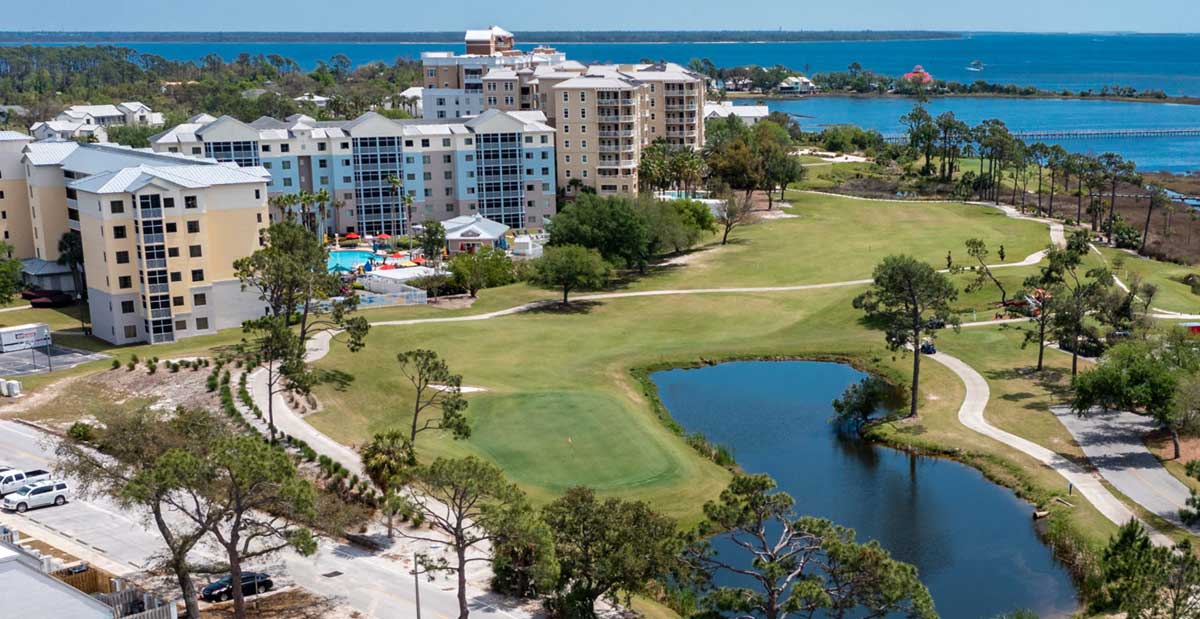If you serve on the board of a condominium association, you’ve likely heard the term “Fannie Mae blacklisted” — but many communities don’t realize what that designation means until it’s too late.
A condo placed on Fannie Mae’s blacklisted condos list becomes significantly harder to sell, refinance, or insure. Understanding how this list works and what you can do to stay off it is essential to protecting your property values, keeping financing accessible, and avoiding unnecessary risk for your association and its homeowners.

What Does “Blacklisted Condos” Mean?
Fannie Mae is one of the largest backers of home loans in the United States. For a condo to qualify for Fannie Mae condo eligibility, the building must meet strict requirements related to financial health, safety, insurance, reserves, and governance. If Fannie Mae determines that a building no longer meets these standards, it becomes ineligible — often referred to as being “blac3klisted.”
This means buyers can no longer obtain conventional loans backed by Fannie Mae in that building. The impact is immediate: fewer qualified buyers, longer time on market, and often, lower sale prices.
Why It Matters
Condo buildings that are ineligible for Fannie Mae financing face serious disadvantages:
- Buyers who need conventional loans won’t qualify
- Existing owners can’t refinance with competitive mortgage options
- Units may sit on the market longer, driving down values
- Cash-only or high-interest alternative loans become the only option
In other words, being blacklisted limits financing options and makes your entire community less competitive in the real estate market — often through no fault of the owners themselves.
Thousands of condominium associations across the country are currently impacted by this issue, especially in areas with aging infrastructure, insurance market challenges, or recent changes to reserve funding laws.
Common Reasons Condos Get Blacklisted
Fannie Mae evaluates a wide range of factors when determining whether a condo project is eligible. Common reasons for ineligibility include:
- Inadequate property insurance (especially high deductibles)
- Deferred maintenance or critical repair needs
- Underfunded or missing reserve accounts
- No recent reserve study to support capital planning
- Significant pending litigation involving the association
- Too many investor-owned or rental units
- A single entity owning more than 20% of units
- Building is operating under an evacuation order or temporary relocation
- Lack of fidelity/crime insurance if the association handles large funds
Fannie Mae’s Ineligibility Criteria
To provide transparency, Fannie Mae condominium guidelines outline specific project criteria that will trigger ineligibility. Some of the most important include:
- Current or planned special assessments related to safety, soundness, or habitability
- Ongoing repairs for significant deferred maintenance
- Structural deficiencies identified in inspections or reports
- Absence of required insurance coverages
- Associations with less than 10% of the budget allocated to reserves
- Properties with functional obsolescence, zoning violations, or non-residential use exceeding thresholds
- Condos involved in litigation that may affect safety, soundness, or financial stability
- Condos with more than 15% of units 60+ days delinquent on assessments
If any of these apply to your community, you may already be at risk — or flagged — without realizing it.
To help board members and property managers stay compliant with current standards, we’ve developed an annual Fannie Mae Condo Compliance Checklist. This checklist reflects the most recent Fannie Mae condo rules and is used across all RISE-managed properties as part of our standard risk prevention protocol.
Download the full checklist here to make sure your building is aligned with Fannie Mae condo eligibility requirements and prepared for lender scrutiny.
What Boards Can Do
Staying off the blacklist starts with proactive governance and documentation. Here’s how board members can help protect their community:
- Ensure all required insurance is in place, with compliant coverage and deductibles that meet Fannie Mae condo insurance requirements
- Maintain a current reserve study and contribute at least 10% of the annual budget to reserves
- Complete structural or deferred maintenance repairs as soon as they’re identified
- Maintain clear records of maintenance schedules, reserve funding, and project planning
- Monitor litigation risk and obtain legal guidance early
- Keep occupancy balanced to avoid excessive rentals or single-owner concentration
- Communicate regularly with your community management company and mortgage lenders to identify issues early
Need to Know If You’re on the List?
Fannie Mae’s full ineligible project list is not publicly searchable — but we have access to the most current list of blacklisted condos in Texas.
To find out if your condominium is currently on the Fannie Mae ineligible list, fill out the form below — and we’ll let you know whether your building is included and why.
Our team will review the status and help explain what factors may be affecting your eligibility, along with guidance on what to do next.







